Results 10,161 to 10,170 of 12096
Thread: Anandtech News
-
12-23-19, 10:45 AM #10161
Anandtech: Japan Partly Removes Restrictions on Photoresists Exports to South Korea
Marking a thawing of relations between the Japanese and South Korean governments, the Japanese Ministry of Economy, Trade and Industry (METI) has partially removed export restrictions on photoresists to South Korea. As a result, Japanese companies can now obtain a ‘bulk’ license to supply three years’ worth of photoresists to companies like LG, Samsung, and SK Hynix rather than seek approval for each shipment. However not all restrictions have been removed: exports of fluorinated polyimides and high-purity hydrogen fluoride from Japan to South Korea are still restricted.
Earlier this year the Japanese government imposed restrictions on exports of three industrial chemicals to South Korea as a consequence of a long-lasting political conflict. Starting early July, Japanese manufacturers were required to get approvals for individual exports when shipping fluorinated polyimides (used both for LCDs and OLEDs), photoresists, and high-purity hydrogen fluoride (used to make chips, such as LSI, DRAM and NAND devices). And with Japanese companies providing 70% - 90% of the global supply of these chemicals, South Korean firms such as LG, Samsung, and SK Hynix had no other practical options. So the trade restrictions certainly made lives of both South Korean and Japanese companies a lot harder, though it's not clear how much the relatively short-lived policy actually hurt South Korea’s high-tech sector.
Ultimately, it would seem that the two countries have since then been able to find some common ground and increase exports/imports. The Japanese government announced the relaxed rules late last week, with all of this coming shortly ahead of a Tuesday meeting between prime minister Shinzo Abe and South Korean president Moon Jae-in.
In the meantime however, this is just the first step in a larger process of resuming more normal trade relations between the two countries. South Korea and its high-tech manufacturers are still on the receiving end of export restrictions on fluorinated polyimides and high-purity hydrogen fluoride, as those rules remain in place. South Korean authorities are still looking to get the rest of the restrictions removed and to build on this "partial progress" as part of a more fundamental resolution fo the issue.
Related Reading:
- Japan’s Ministry Approves Shipments of Industrial Chemicals to South Korea
- LG Display & SK Hynix Looking to Diversify Industrial Suppliers as Row with Japan Intensifies
- Supply of DRAM, NAND & Displays Could Be Disrupted by Japan & South Korea Dispute
Sources: Reuters, The Japanese Ministry of Economy, Trade and Industry
More...
-
12-23-19, 10:45 AM #10162
Anandtech: The ASUS ROG Zenith II Extreme TRX40 Motherboard Review: The Second Coming
Following on from our launch day AMD Ryzen Threadripper 3970X and 3960X CPU reviews, we are taking a look at the accompanying flagship model from ASUS. The ASUS ROG Zenith II Extreme is the predecessor of the previous generation of X399, the original Zenith Extreme, and comes packed with all the benefits of AMD's TRX40 chipset including PCIe 4.0, strong USB 3.1 G2 implementation, and support for up to DDR4-4733 in quad-channel across eight memory slots. With a 16-phase power delivery for the CPU and a LiveDash 1.77'' OLED color screen, the ROG Zenith II Extreme looks to set the standard for enthusiasts on AMD's high-end desktop platform.
More...
-
12-23-19, 03:58 PM #10163
Anandtech: OWC Releases Accelsior 4M2 SSD: Quad-M.2 For Over 6000 MB/s
Just in time for the launch of Apple's newly redesigned Mac Pro tower, OWC has introduced the ‘fastest SSD [they've] ever built’, the Accelsior 4M2. The high-end solid state drive combines multiple M.2 drives to offer up to 8 TB of storage, with aggregate read/write well over 6000 MB/s.
The OWC Accelsior 4M2 SSD is essentially a PCIe x8 backplane based on the ASMedia ASM2824 PCIe 3.0 switch, which in turn is being used to drive a quartet of PCIe 3.0 x4 M.2 slots. The Accelsior then fills out these slots with four of OWC's Aura P12 M.2-2280 drives (Phison’s PS5012-E12 controller with SLC caching support, DRAM, & Toshiba’s 3D TLC NAND memory). To ensure consistent performance as well as to ensure reliability, the SSD is also equipped with a large heat spreader, as four Aura drives can produce a significant amount of heat.
When it comes to capacity, the Accelsior 4M2 storage solution will be available in 1 TB, 2 TB, 4 TB, and 8 TB raw capacities. OWC in turn rates the SSD for sequential read speeds up to 6318 MB/s, as well as sequential write speeds up to 6775 MB/s.
As is often the case for high-end OWC drives, the Accelsior 4M2 is meant to be used with OWC’s SoftRAID software, which supports various RAID modes (RAID 0, RAID 1, JBOD, etc.). Otherwise the drive can also be used in PCs – despite the Mac-focus, it's presented as a generic PCIe card – but PC users will need to supply their own RAID software.
OWC will start shipments of the Accelsior 4M2 SSDs on the week of December 30th. The barebones card is priced at $249.99, the 1 TB version costs $479.99, whereas the top-of-the-range 8 TB model carries a $1,599.99 MSRP.The OWC Accelsior 4M2 SSDs 1 TB
SSDACL4M201T2 TB
SSDACL4M202T4 TB
SSDACL4M204T8 TB
SSDACL4M204TFormatted Capacity 931 GiB 1863 GiB 3725 GiB 7451 GiB Drives 4 × OWC Aura P12 M.2-2280 drives
Phison’s PS5012-E12 controller,
SLC caching support,
DRAM cache,
Toshiba’s 3D TLC NAND memory
(7% overprovisioning)PCIe Switch ASMedia ASM2824 Internal RAID SoftRAID Peak Read Speed 6318 MB/s Peak Write Speed 6775 MB/s Interface PCIe 3.0 x8 Power Bus powered Form-Factor Full Height Half Length PCIe Compatibility macOS 10.13 or later
Windows 10 or laterWarranty 5-year warranty Price (MSRP) $479.99 $629.99 $949.99 $1,599.99
Related Reading:
- ASMedia Preps ASM2824 PCIe 3.0 Switch
- OWC Launches Aura Pro X2 NVMe SSD Upgrade For Macs
- OWC Ships ThunderBlade External SSDs, Touts SoftRAID Tech for 3800 MB/s Speeds
- GIGABYTE Aorus PCIe x16 M.2: For Four NVMe Drives, X399 Compatible
- Seagate Introduces 10GB/s PCIe SSD And 60TB SAS SSD
Source: OWC
More...
-
12-23-19, 03:58 PM #10164
Anandtech: 80-Core N1 Next-Gen Ampere, ‘QuickSilver’: The Anti-Graviton2
The drive to putting Arm into the server space has had its ups and downs. We’ve seen the likes of Applied Micro/Ampere, Broadcom/Cavium/Marvell, Qualcomm, Huawei, Fujitsu, Annapurna/Amazon, and even AMD, deal with Arm-based silicon in the server market. Some of these designs have successful, others not so much, but Arm is pushing its new Neoverse N1 roadmap of cores into this space, aiming for high performance and for scale. We’ve already seen Amazon come into the market with its N1-based Graviton2 for its cloud services, but there’s going to be a counter product for every other cloud provider, with the new N1-based Next-Gen Ampere CPU, codenamed QuickSilver. We have some details ahead of the official release announcement in Q1 2020.
More...
-
12-24-19, 11:26 AM #10165
Anandtech: Analyzing Intel’s Discrete Xe-HPC Graphics Disclosure: Ponte Vecchio, Ramb
It has been a couple of weeks since Intel formally provided some high-level detail on its new discrete graphics strategy. The reason for the announcements and disclosures centered around Intel’s contract with the Department of Energy to build Aurora, an exascale supercomputer at the Argonne National Laboratory. The DoE and Argonne want developers clued into the hardware early, so when the supercomputer is deployed it can be used with as little ‘learning time’ as possible. This means Intel had to flesh out some of its strategy, as well as lift the lid on its first announced discrete GPU product. Only time will tell if it’s a bridge too far, or over troubled water, but today we know it as Ponte Vecchio.
More...
-
12-26-19, 07:13 AM #10166
Anandtech: AnandTech Year In Review 2019: Flagship Mobile
2019 is coming to an end, and it’s time again to look back at what the industry has brought us. This year, we saw a lot of hardware improvements from all the various vendors, with a big focus on bringing out new distinctive designs. We’ve seen some exotic devices in the form of foldable phones for the first time ever, and even some more traditional designs dared to implement design cues such as mechanical pop-out cameras. While designs were sometimes the main differentiating factors, most of the time the key selling points of 2019 devices were big upgrades in their camera capabilities. Here we’ve seen huge leaps from almost all the vendors, and the year definitely will be remembered mainly for the innovations in photography.
More...
-
12-27-19, 08:18 PM #10167
Anandtech: AnandTech Year In Review 2019: Lots of CPUs
Throughout 2019, we’ve had quite the reverse of performance when it comes to the competitiveness of the modern performance-oriented desktop processor. This year we’ve seen AMD introduce its Zen 2 processor designs, offering up to 16 cores for mainstream use cases, and matching if not beating Intel in raw clock-for-clock performance. In a similar vein, AMD’s Rome CPUs offer up to 64 cores per socket on the server side, where Intel can only offer 28 (or 56 in some configurations), while at the same time both consumer and server pushing PCIe 4.0 in preparation for upcoming GPUs and add-in accelerators. Intel has also launched a number of products, such as a couple of 5.0 GHz all-core CPUs, an unlocked 28-core CPU, Xeon 9200, and the next generation of server products.
If you’ve been away from the CPU space this year, here’s the Year in Review.
More...
-
12-30-19, 09:14 AM #10168
Anandtech: An Interview with AMD’s CTO Mark Papermaster: ‘There’s More Room At The To
On the back of a very busy 2019, AMD is gaining market share and is now a performance leader in a lot of CPU segments. The company has executed well not only with a good product but also at a time when its main competition is having manufacturing and production issues, which means AMD is ripe to push boundaries, gain market share, and make noise with a lot of wins. This year AMD’s Ryzen 3000 CPUs and EPYC Rome CPUs both have the new Zen 2 microarchitecture built on TSMC’s 7nm, something that might not have been possible without deep co-optimization between the two companies for a high performance product. AMD is also making strides with its relationships with enterprise OEMs. We touched on these topics (and more) with AMD’s CTO, Mark Papermaster.
More...
-
12-30-19, 09:14 AM #10169
Anandtech: TureMetal Builds a Fanless 32-Core EPYC PC with an RTX 2070
Turemetal, a maker of cases for fanless PCs, has published photos of a passively cooled system featuring an AMD EPYC processor and an NVIDIA GeForce RTX 2070 graphics card. The computer uses numerous custom components, with the founder of TureMetal stating that this is a custom build for a specific customer, although it uses one of their standard fanless PC cases.
The fanless system built by Turemetal is powered by AMD’s 32-core EPYC 7551 processor, listed as having a 180 W TDP, and GIGABYTE’s NVIDIA GeForce RTX 2070 video card with a 175 W TDP (355W total). These are both equipped into a Supermicro ATX motherboard, and then built inside a commercially available Turemetal UP10 chassis.
Officially the chassis supports a 140 W CPU and a 160 W GPU (300W total), but it looks like its actual capabilities are more impressive, and with a bit of tweaking it can house a rather extreme 32-core processor and a high-end graphics board.
At this time, according to Turemetal's YouTube channel, the system has passed FurMark's full-load test for CPU and GPU for 22 continuous hours without a crash or thermally throttling. In the video, we see a GPU temperature of 88C, and a CPU temperature of 76C, in a 24C ambient room.
Since the Turemetal UP10 was not designed for AMD’s EPYC processors, in order to meet the demands of the customer Turemetal had to build a custom copper heat spreader for the processor along with an appropriate mounting mechanism. The radiator weighs nearly 2.5 kilograms, so we are literally talking about heavy metal here. The test system currently uses an external PSU, but Turemetal says that eventually power supply will be moved inside the PC.
It remains to be seen when and whether the UP10 chassis with AMD EPYC 7551 support will be available commercially - if the custom block will be an 'add-on', or limited to specific customer requests. Meanwhile, good news is that some of Turemetal’s products are now available not only directly from Taobao, but also from Fully Silent PCs in the US and will soon be available in Europe shortly, reports FanlessTech.
Related Reading:
- A Super Fanless Chassis from TureMetal: For DIY & 0 db Workstations
- Noctua Concept Fanless CPU Cooler: Up to 120W Of Cooling Performance
- Compulab Launches Airtop3: A Fanless PC with Core i9-9900K & Quadro RTX 4000
- Streacom DA2 Fanless: The All-Aluminum Silent Chassis
Source: Turemetal/Twitter, FanlessTech
Gallery: Turemetal Teases Fanless PC with 32-Core AMD EPYC & GeForce RTX 2070 Inside


More...
-
12-30-19, 12:39 PM #10170
Anandtech: This Smartphone Fingerprint Sensor Gets Two Thumbs (Up)
One of the cool features that came out of Qualcomm’s Tech Summit last month was its new fingerprint sensor. This one goes above and beyond anything I’ve seen before – where fingerprint sensors used to be small and have a sensing angle no bigger than a sesame seed, Qualcomm’s new 3D Sonic Max sensor is massive.
More...
Thread Information
Users Browsing this Thread
There are currently 15 users browsing this thread. (0 members and 15 guests)





 Quote
Quote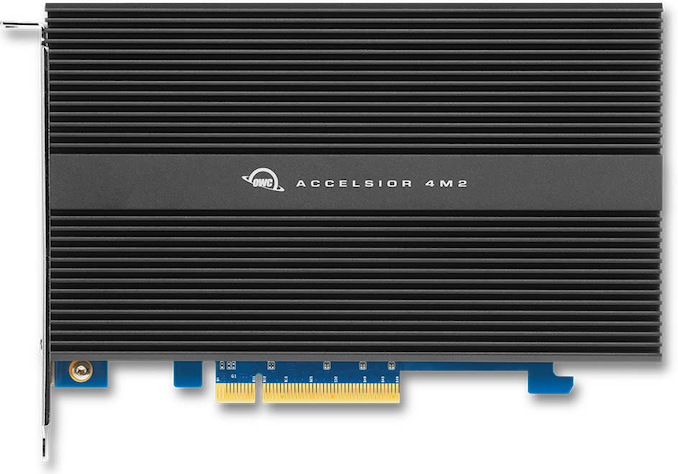
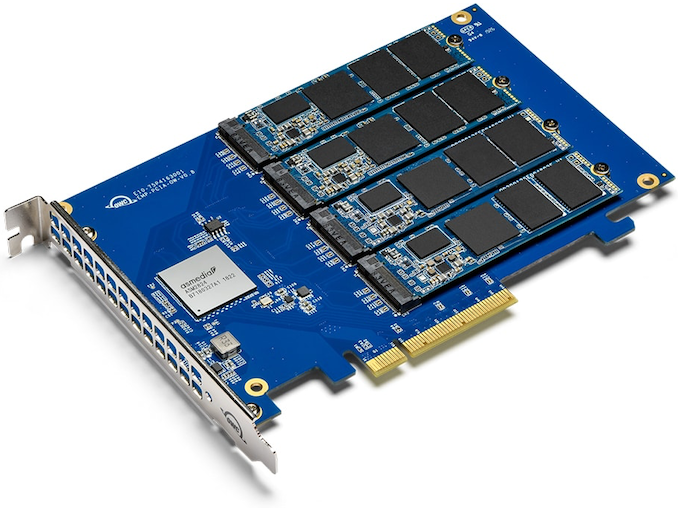
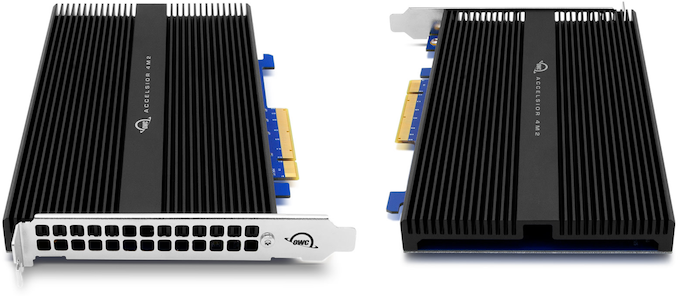

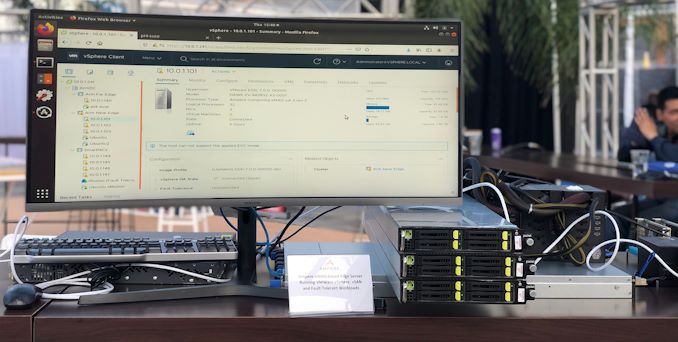
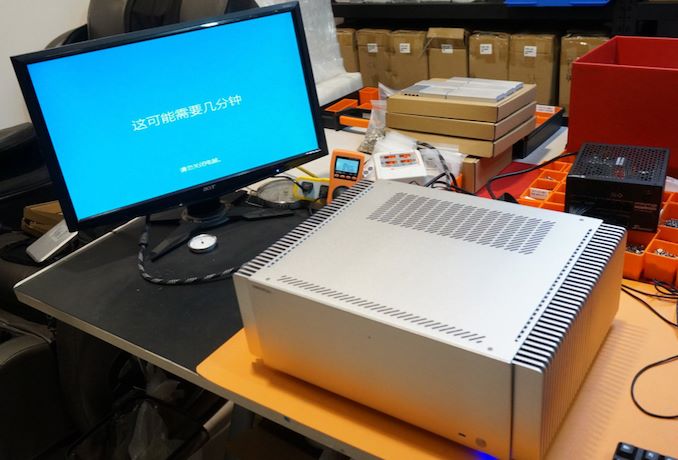
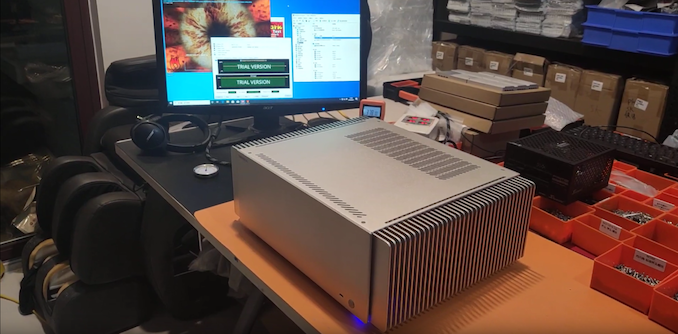
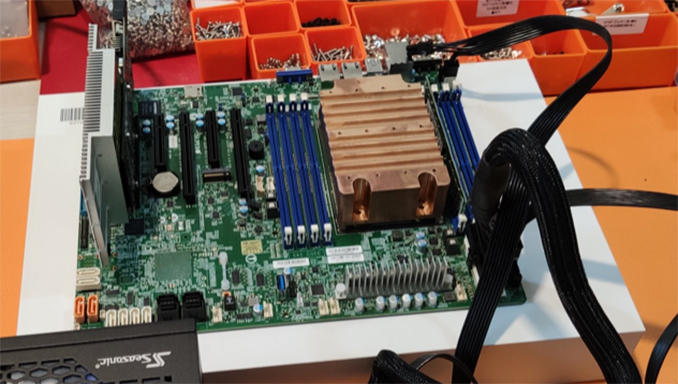
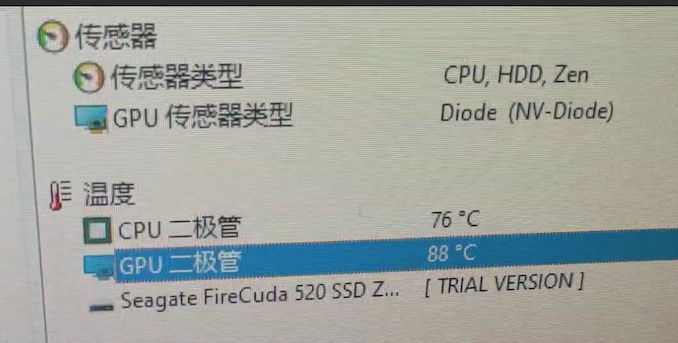
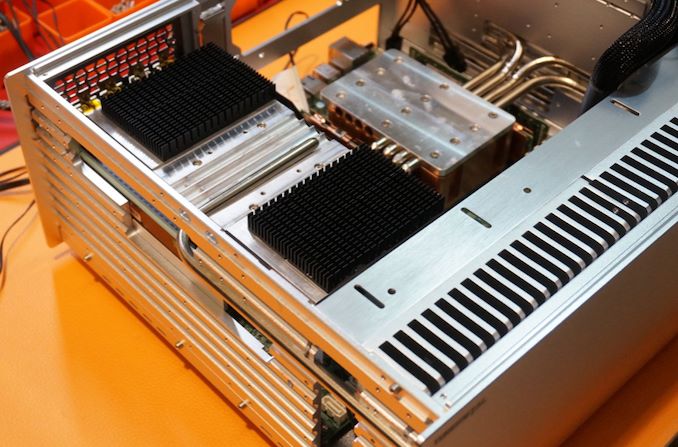
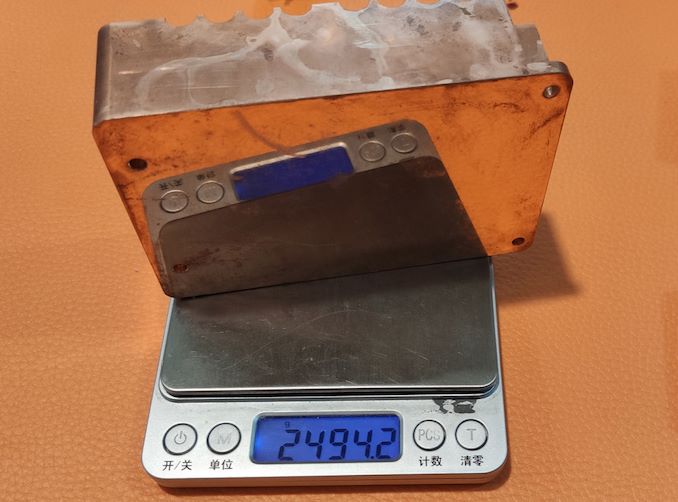
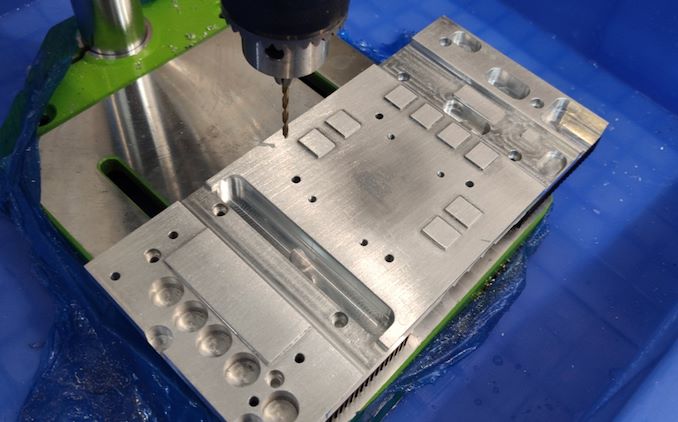
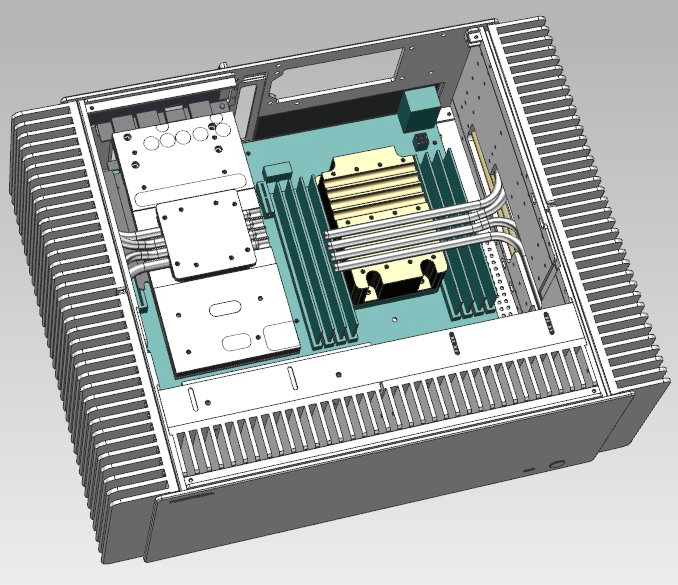
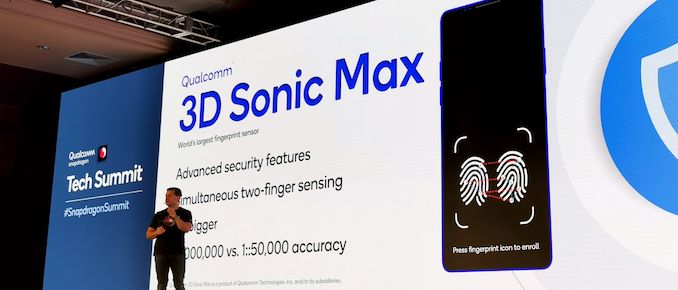
















Bookmarks